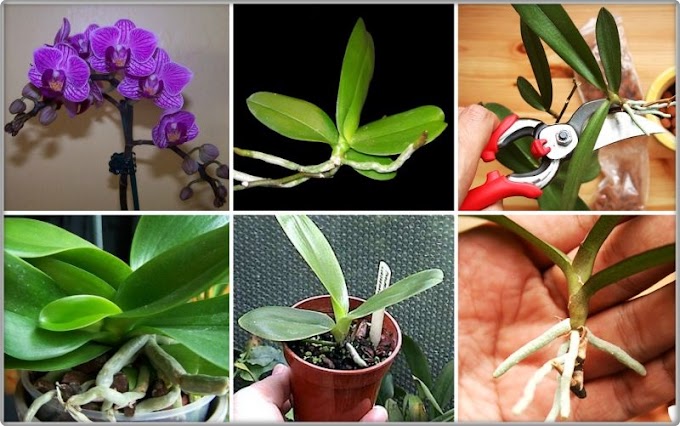Scientific Name
Pachycereus schottii f. monstrosus (H.E.Gates) P.V.Heath
Common Names
Totem Pole Cactus, Totem Pole, Totem Cactus, Monstrous Whisker Cactus
Synonyms
Lophocereus schottii f. monstrosus
Scientific Classification
Family: Cactaceae
Subfamily: Cactoideae
Tribe: Pachycereeae
Genus: Pachycereus
Description
Pachycereus schottii f. monstrosus is a slow-growing, smooth-skinned, columnar cactus 12 feet (3.6 m) tall with stems that branch at the base to form a short trunk. It is a slow-growing cactus with smooth skin and no visible spines, light to medium green coloring and small bumps or areoles along the entire length of its long columns, giving it the illusion of having multiple faces carved into the plant. It is a night bloomer, and in late spring it produces light pink blossoms that open at dusk and close up by mid morning. It also develops an edible, egg-shaped, red fruit with red pulp.
Hardiness
USDA hardiness zone 9a to 10a: from 20 °F (−6.7 °C) to 35 °F (+1.7 °C).
How to Grow and Care
These extraordinarily low-maintenance plants can basically grow untouched for decades, so there’s really not a lot you need to worry about. Obviously it’s very important that they receive adequate sun and heat, and be careful around their spines. If grown in containers, make sure that they’re being repotted and that their soil isn’t too moist. Other than that, these plants are about as simple and hands-off as it gets.
Inapplicable to most scenarios in which Pachycereus would be grown. If you do choose to cultivate a small specimen of Pachycereus pringlei in a container, repotting it can be helpful: if so, repot it as you would any other cactus, by removing it from the pot, cutting away any dead material from the roots, and replanting… – See more at: How to Grow and Care for Pachycereus
Origin
Native to the desert regions of mainland Mexico and the Baja California peninsula of Mexico.
Links
Back to genus Pachycereus
Succulentopedia: Browse succulents by Scientific Name, Common Name, Genus, Family, USDA Hardiness Zone, Origin, or cacti by Genus
Pachycereus schottii f. monstrosus (Totem Pole Cactus)
,
Random Post
https://succulents-garden.blogspot.com/search/label/DIY
Recent-Post
10/recent/post-list
Popular Posts
Recent Posts
8/recent/post-list
Created By SoraTemplates | Distributed By Blogger Templates




